More Matrix Gradients


 ⇒
⇒

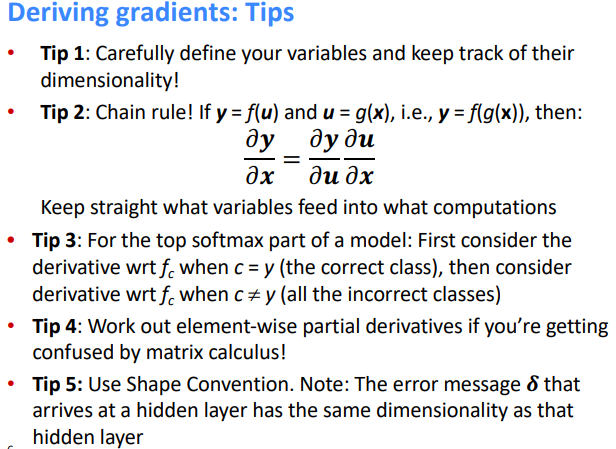
Deriving Gradients wrt Words
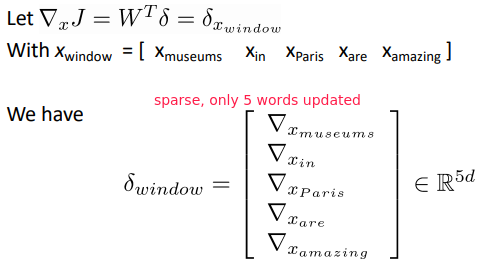
pitfall in tetraining word vectors: if some word is not in training data, but other synonyms are present ⇒ only the synonyms word vectors are moved
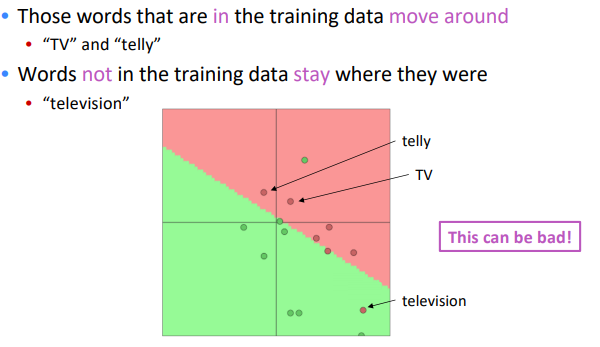
takeaway:

Backpropagation
backprop:
- apply (generalized) chain rule
- re-use shared stuff
computation graph
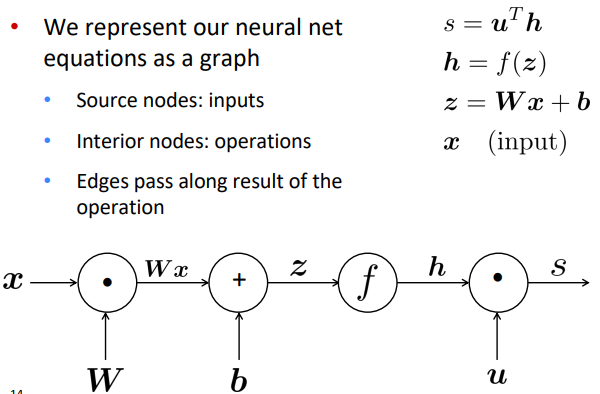
⇒ Go backwards along edges, pass along gradients

receive upstream grad => compute downstream grad
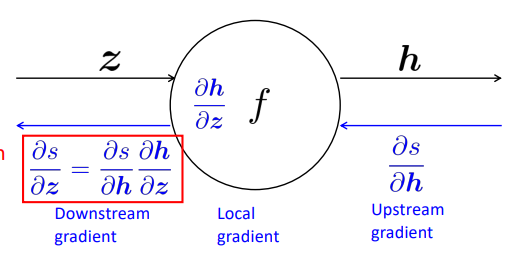
for node with multiple inputs:
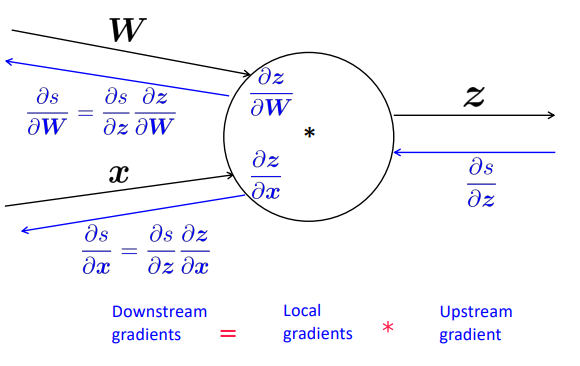
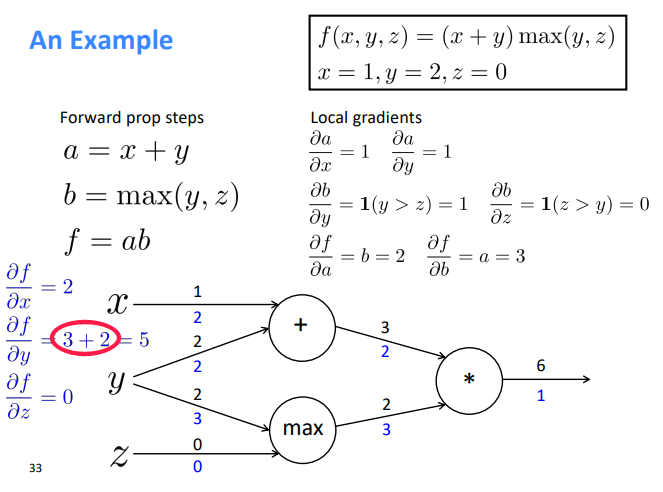
More on Backpropagation
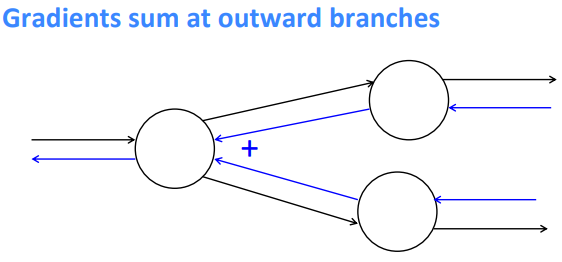
intuition:
- plus(
+) distributes upstream grad
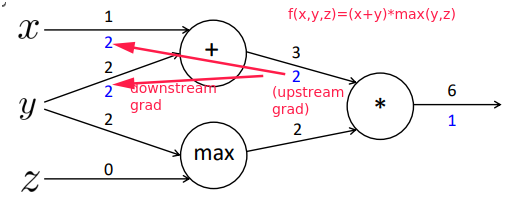
maxroutes upstream grad
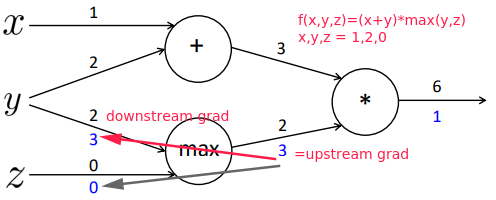
- multiply(
*) switches the upstream grad
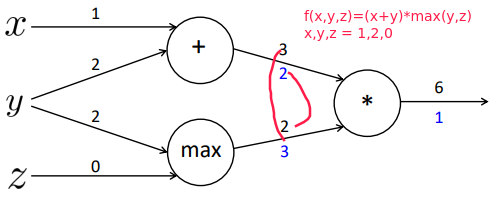
efficency: compute shared part once

Backprop in general computation graph
comput-graph is a DAG ⇒ topological sort
- Fprop: visit nodes in topological
- Bprop: in reverse topological order
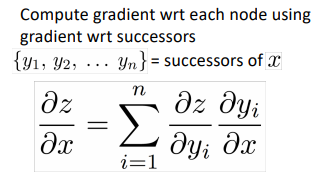
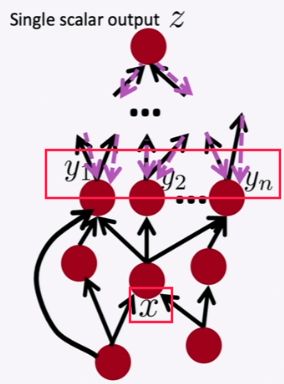
Complexity = O(n) Automatic Differentiation: symbolic computation on the symbolic expression of Fprop. Moden DL framework: must provide the Fprop/Bprop formular for each node.
Backprop Implementations
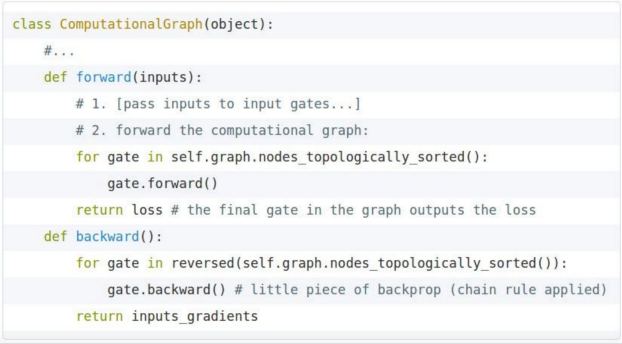
for each gate, impl the forward/backward API:
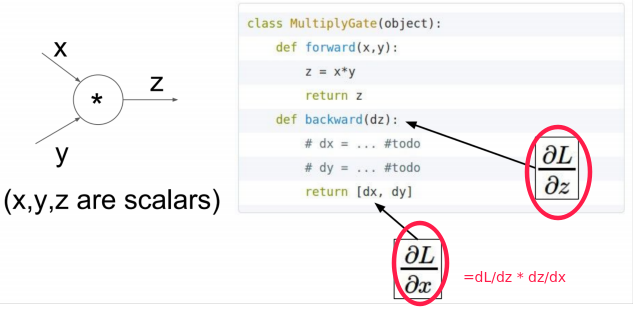
Numeric Gradient For checking if the forward/backward impl is correct e.g.check

(note: use two-sided gradient checks)
Regularization
Regularization term added to loss func to prevent overfitting:

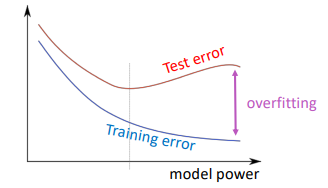
Vectorization/tensorization
avoid forloops, use matrix multiplication instead.

Nonlinearities
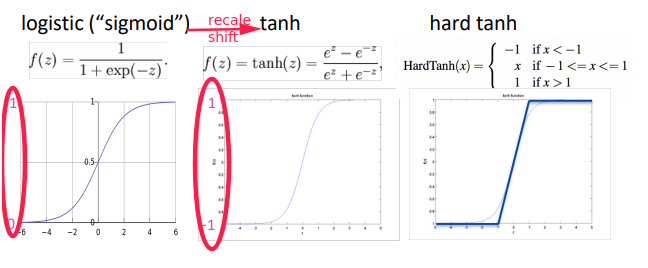
tanh is recaled and shifted of sigmoid:
tanh(x) = 2 * sigmoid(2x) - 1
new world activation func:
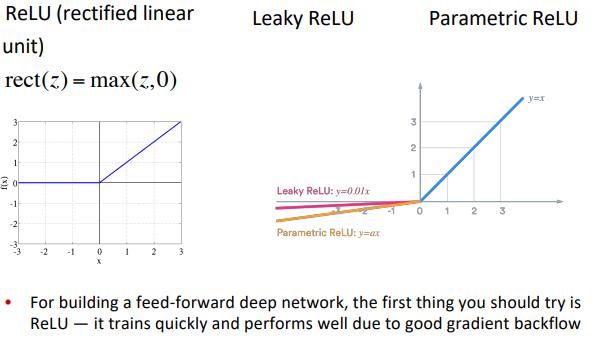
Parameter Initialization
Initialize the weights to small, random values ⇒ break the symmetry.
- Init bias to 0
- Init all other weights to Uniform(-r, r).
- Xavier initialization: variance inverse-proportional to sum of prev&next layer size

Optimizers and Learning Rates
Usually simple SGD works fine, but needs to tune the learningrate (lr). adaptive optimizers: per-parameter learning rate.

learning rate:
- try with powers of 10
- learningrate-decay:

(epoch = full pass over the training data)
Part 4 of series «XCS224N: NLP with deep learning»:
- [XCS224N] Lecture 1 – Introduction and Word Vectors
- [XCS224N] Lecture 2 – Word Vectors and Word Senses
- [XCS224N] Lecture 3 – Neural Networks
- [XCS224N] Lecture 4 – Backpropagation
- [XCS224N] Lecture 5 – Dependency Parsing
- [XCS224N] Lecture 6 – Language Models and RNNs
- [XCS224N] Lecture 7 – Vanishing Gradients and Fancy RNNs
- [XCS224N] Lecture 8 – Translation, Seq2Seq, Attention
Disqus 留言